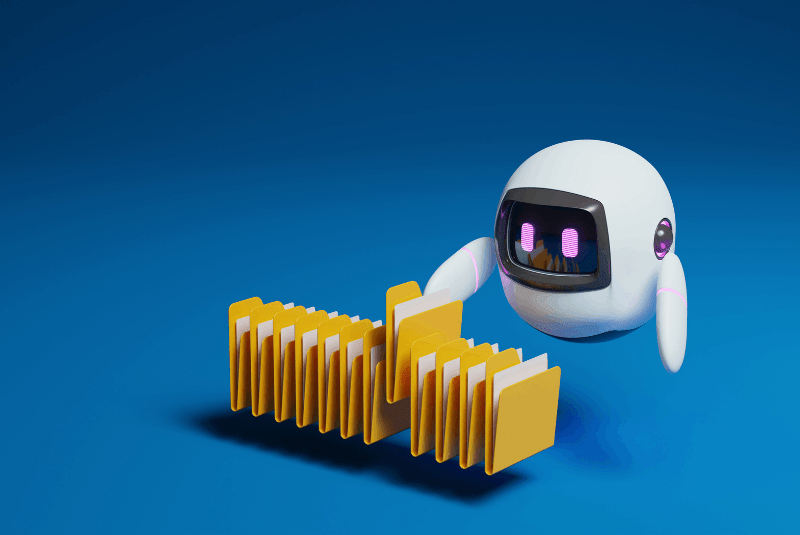Purpose of OCR
The main goal of Optical Character Recognition(OCR) is simple: turn paper into usable digital data. Whether it’s for personal use or business, OCR makes it easy to work with your documents.
Why Should You Care?
If you’ve ever wished you could search a pile of papers like you search on Google, OCR is the solution. It saves time, reduces stress, and makes your life easier.
Examples
- Searching for a single policy clause in a 200-page scanned document.
- Automatically routing invoices based on extracted vendor names and amounts.
- Reading handwritten notes and converting them into a report.
Want to know more on How OCR works?

Pattern Recognition
If every letter “D” in documents or on paper was always written in the same, standardized way, recognizing and processing text would be much easier for computers.
In fact, a special font called OCR-A was created in the 1960s with this exact idea in mind. The design of OCR-A includes specific strokes and spacing optimized for machine recognition. However, the world didn’t adopt a single universal writing style, so OCR systems had to evolve to recognize many fonts and adapt to a variety of printed styles.
To achieve this, OCR relies on pattern recognition, which works by comparing scanned images of characters to pre-stored patterns within its system. When a character shape matches something in the database, the system identifies it.
Shape analysis steps in to address challenges of variations, distortions and irregularities of fonts by focusing on the geometric properties of each character.
Shape Analysis
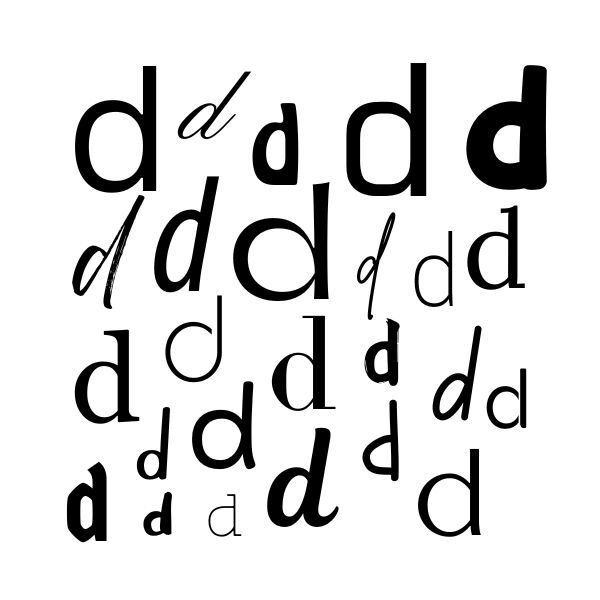
Lowercase “d”:
- Composed of a circular loop and a vertical stroke attached to the right side.
- The loop is typically smaller in proportion to the stroke and is closed, making it distinct from letters like “c” or “l.”
Feature Detection
Feature detection breaks down the complexity of text recognition into manageable components for the machine.
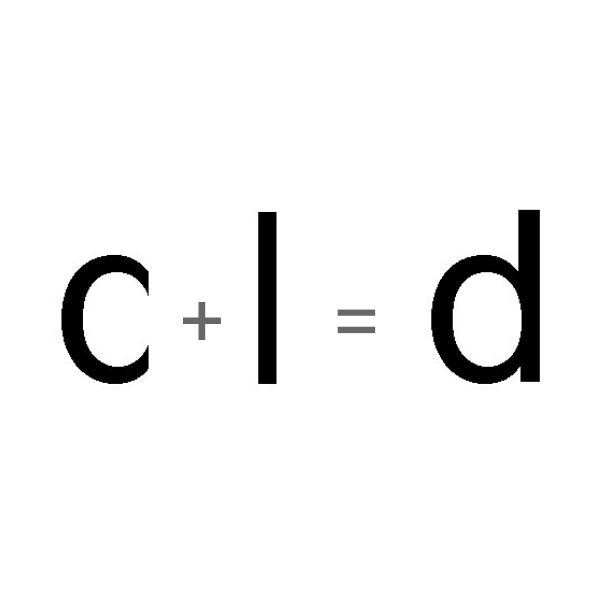
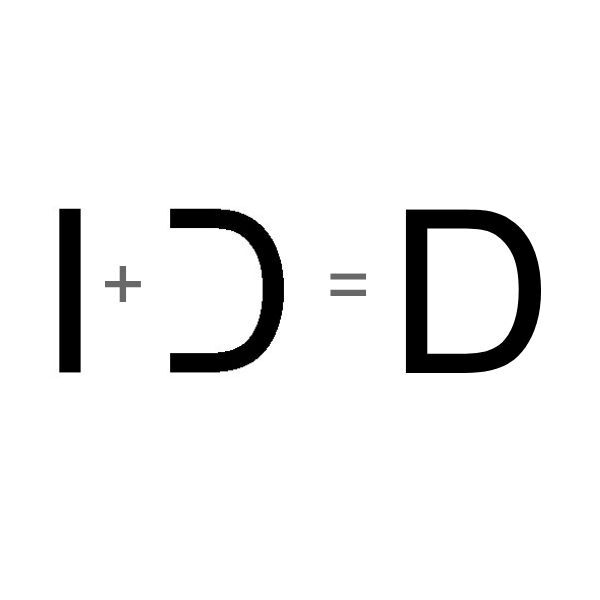
Edges and Strokes:
- OCR detects the sharp vertical stroke common to both “d” and “D.”
- For “d,” the system identifies a loop attached to the top of the vertical stroke.
- For “D,” the system identifies a large curved edge instead of a closed loop.
Proportions and Symmetry:
- The loop-to-stroke ratio is a key distinguishing feature for “d.”
- The semi-circle symmetry and its attachment to the vertical stroke differentiate “D.”
Contextual Understanding
OCR systems use contextual clues in surrounding text to reinforce recognition:
- If the text is in all caps, “D” is more likely.
- If adjacent letters are lowercase, “d” is inferred.
Error
Avoidance
- OCR may confuse “d” with similar-looking letters like “cl” (in some fonts) or “b” (if mirrored). Similarly, “D” could be mistaken for “O” if the stroke is faint or missing.
- Advanced OCR uses machine learning to reduce these errors by learning font variations and common misinterpretations.
In advanced OCR systems, feature detection refers to the process of identifying and analyzing the unique visual characteristics of text elements. A “feature” is any distinctive attribute or component of a character that helps differentiate it from others. These features are the building blocks that OCR systems use to recognize and interpret text accurately.
Instead of worrying about parts like OCR, ML or NLP, to save time.
Try booking a demo to see, if all-in-one product is what you need.
What Exactly is a Feature?
Features are the fundamental elements that make up a character or symbol. These features are extracted from the scanned image during the OCR process and matched against predefined templates or learned patterns to determine the identity of the character.
Why is it Called Feature Detection?
Neural Networks and Feature Detection
Modern OCR systems use neural networks to enhance feature detection. So what are these networks doing?
- Learning to identify features dynamically through training on large datasets.
- Recognizing features in complex, stylized, or handwritten text.
- Adapting to new fonts and writing styles without requiring manual intervention.
Why Are Features Non-trivial for OCR?
Features are the building blocks of recognition. Without them, OCR systems would struggle to differentiate between visually similar characters like “O” and “0” or “l” and “I.” The system is focusing on specific features because it needs to do a few tasks very precisely.
- Handle text in various fonts, sizes, and formats.
- Improve recognition accuracy for complex documents.
- Enable advanced functionalities like handwriting recognition (ICR).
Benefits of OCR Technology

Optical Character Recognition (OCR)
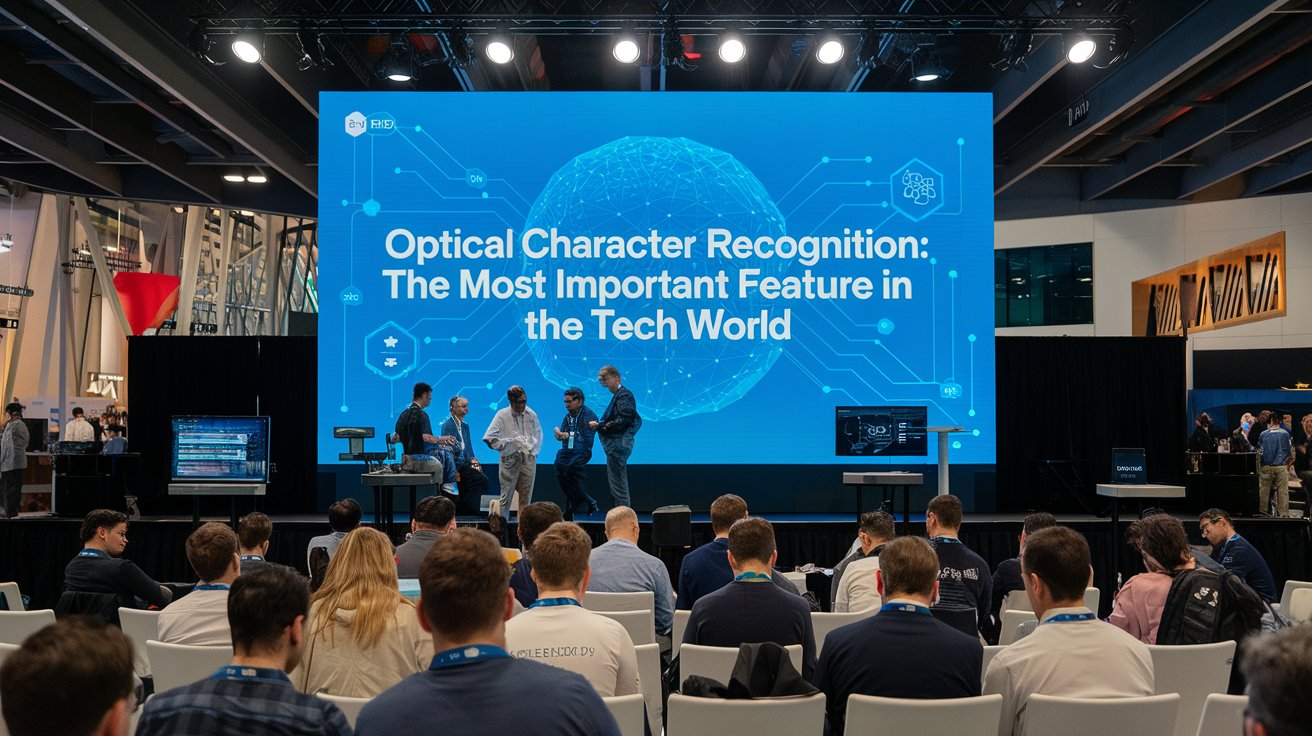
Optical character recognition OCR technology (OCR) is a process that converts paper documents into machine readable pdf files. It’s an automatic process that converts PDF documents, digital images, handwritten or printed-scanned paper documents into formats that are machine-readable.
While the ability to understand use/context of the documents might not be as good as a humans’. Computers can have OCR capability, allowing them to recognize shapes, which becomes a method of input of text. This “recognized text” can then be translated into a letter, email, tweet, or any other form of communication.
OCR System is a combination of hardware and software, to convert physical documents into machine-readable text. For example, an optical scanner, a specialized circuit board copies or reads text, whereas software generally handles the advanced processing.
Computers need to work harder than humans for any task.
If you want a computer to read an old book or read text, the automatic process of optical character recognition might be of use to you.
First, scan a page with a scanner or take a photo. Once it is saved in any format (pages created through the scanner are usually in JPEG or PDF format). You will need a software that works on the raw data collected from applying the OCR layer to converting it into Intelligent Character Recognition (ICR) data.
Hardware
Software
The software side of OCR involves the processes, algorithms, and components that transform images of text into machine-readable and actionable data.
Core Components of OCR Software
1. Text Recognition Engine
The heart of OCR software, responsible for analyzing the input and recognizing text.
Processes:
2. Image Preprocessing
Enhances input images to improve recognition accuracy.
Includes:
3. Layout Analysis
Detects the structure of the document to preserve its original format.
Functions:
4. Error Correction
Post-recognition module to refine output accuracy.
Techniques:
5. Output Formats
Converts recognized text into usable formats:
Technologies Powering OCR Software
Artificial Intelligence (AI)
Computer Vision Algorithms
Natural Language Processing (NLP)
APIs and SDKs
Key Software Features in OCR
Handwriting Detection
The evolution of Optical Character Recognition (OCR) for Handwritten text took a lot of work since the time the idea was created. Early OCR systems encountered several challenges when attempting to accurately interpret handwritten text.
Multi-Lingual Recognition
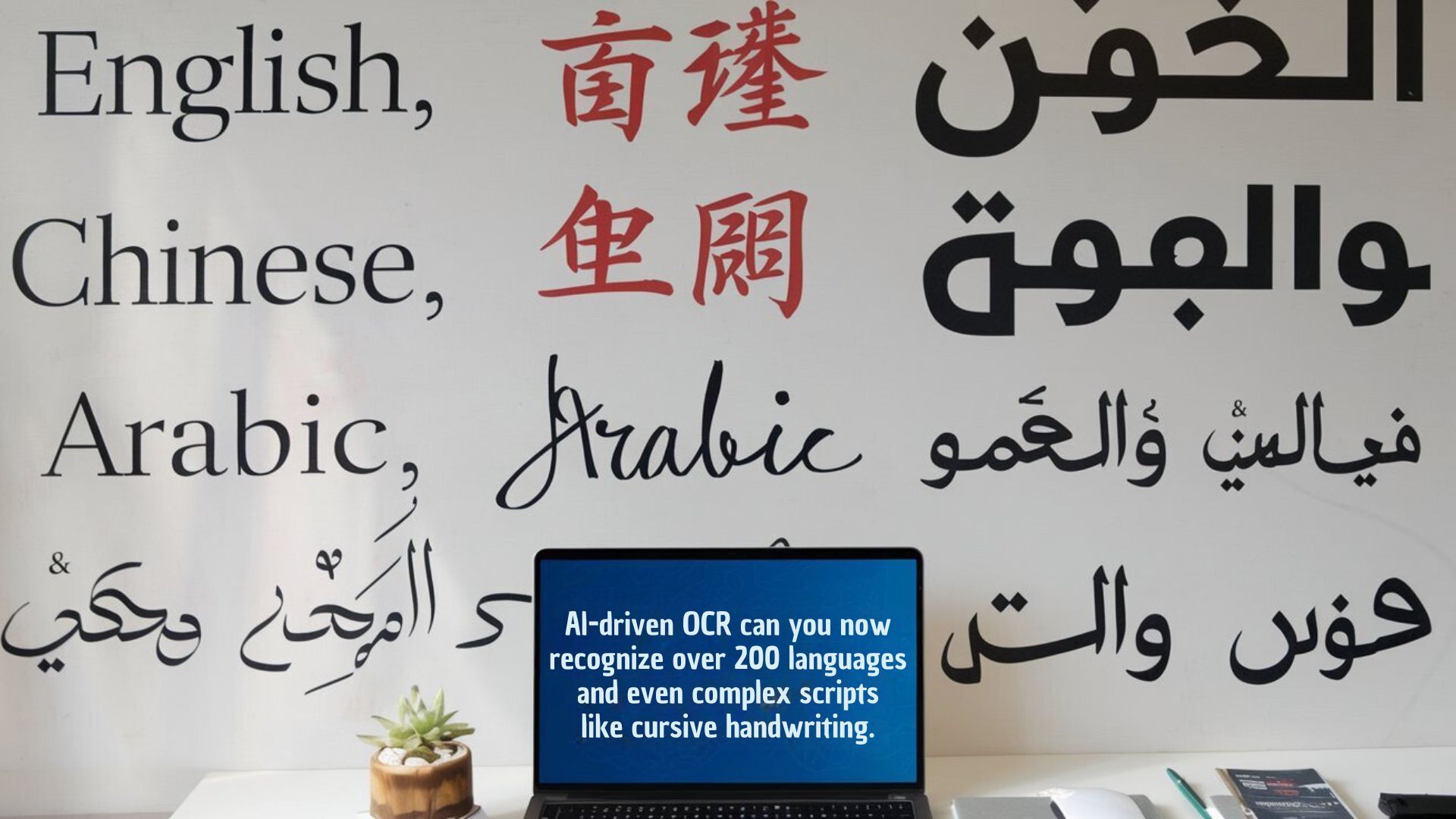
The power to read, understand, and work with text in over 200 languages from around the globe. This is the promise of multilingual OCR. With support for diverse scripts like Arabic, Chinese, Cyrillic, and Devanagari; OCR transforms scanned documents, signed documents, or even handwritten notes into editable, searchable, and actionable text.
An entire world of possibilities is being opened up right now. By combining AI with OCR, systems will be to handle documents with intricate layouts, mixed languages, or handwritten notes. These technologies work together to analyze and process content, delivering precise results.
Optical Character Recognition – Dependencies
The effective functioning of an Optical Character Recognition (OCR) system depends on several dependencies across hardware, software, and input quality.
Softwares for OCR application
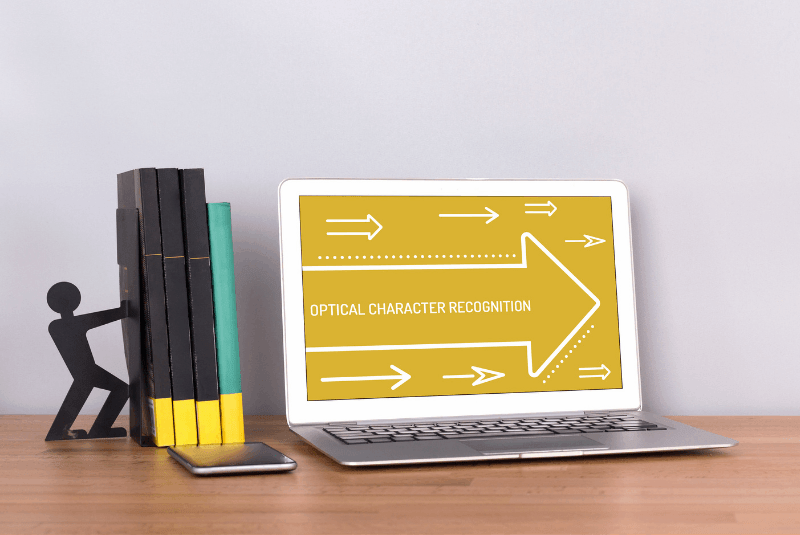
From students to CEOs, OCR is changing the game—turn your piles of paper into organized digital assets. You’re not just saving time—you’re redefining how you work, learn, and research.
eBook – Decoding Handwritten Texts
Optical Character Recognition and then what?
Humans work with computers to process information, to use in professional and personal life. To add specific information in computers, input devices such as Keyboard, Mouse, Touchscreen, scanner, joystick, digital-pen or microphone(voice typing) are used.
TL;DR
OCR starts working by capturing the text through an imaging device, like a scanner or camera. Once the image is acquired, preprocessing begins—cleaning up noise, correcting skewed text, and improving contrast so the system can clearly “see” the characters. Next, it analyzes the structure of the text using algorithms to detect edges, loops, and strokes, breaking down each letter into its unique features. Finally, OCR maps those features to its database of characters and outputs the recognized text.
The key difference is that OCR interprets existing visual information, while input devices create new digital data.
Think of it like the difference between:
- Writing a note directly on your phone (input device)
- Taking a photo of a handwritten note and having the computer figure out what it says (OCR)
OCR makes text machine-readable, but document management makes it automation-actionable. See the full potential here!
Learn More by filling the form below
OR
Do You Have Questions? Contact Us
Common Misconceptions about Optical Character Recognition
Blog updated on 8th January 2025



